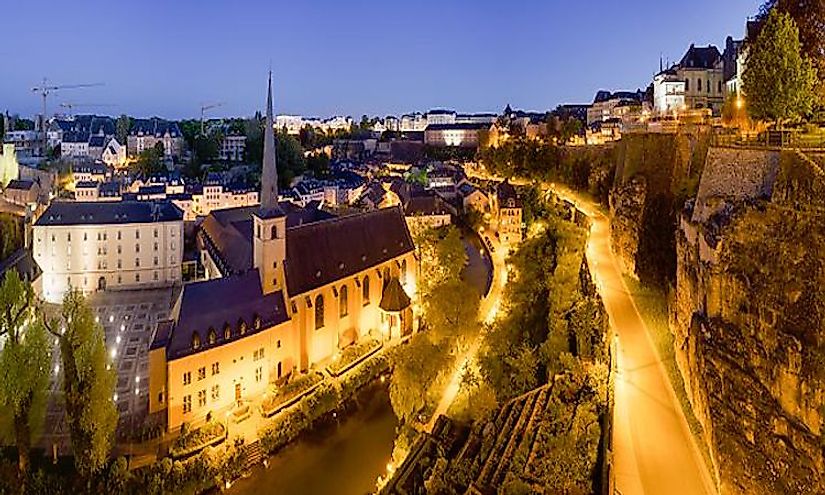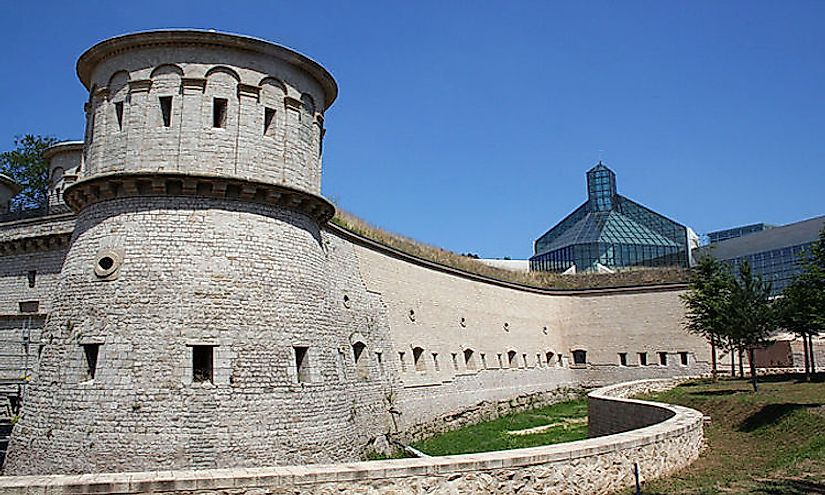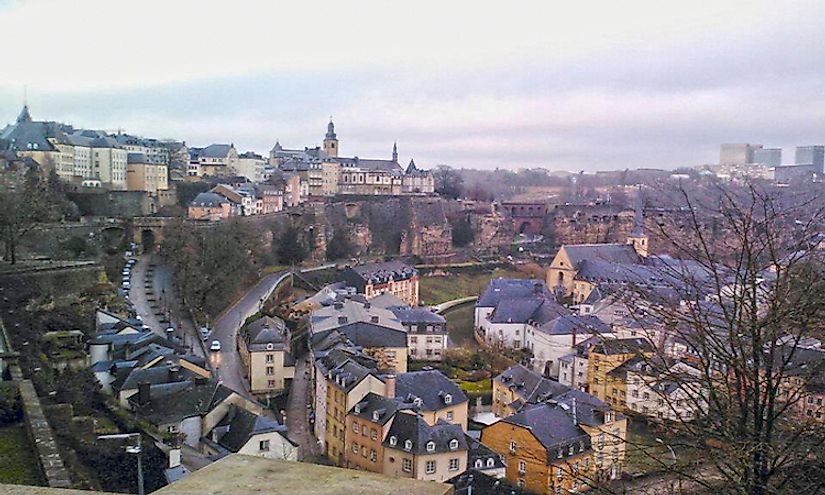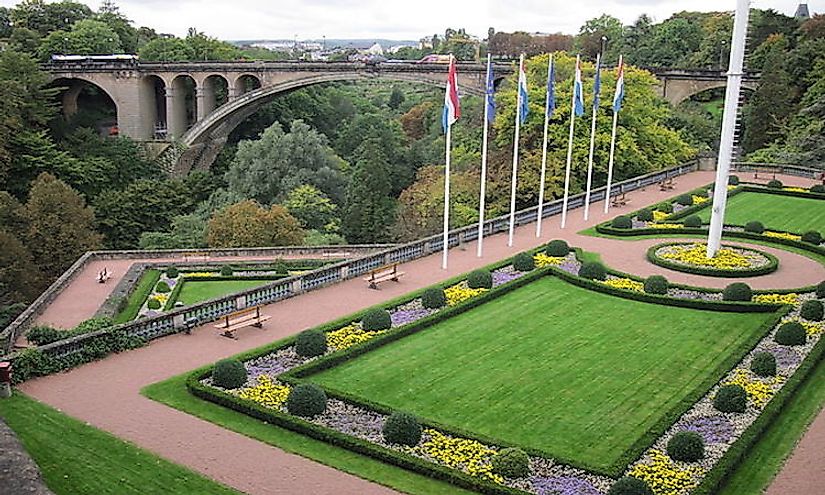Luxembourg City - Historic Fortifications And Old Quarters

The Luxembourg Old City served since 963 when it was founded, served as a fortress for the various empires that occupied it over the centuries. Today, the city is flocked by visitors keen to explore it, and learn its history from the monuments and ancient buildings still standing from those early centuries.
5. One City Sought by Many Empires -
From the 16th century until 1867, when its walls were demolished, the Old City of Luxembourg was one of Europe’s greatest fortified sites. Its fortifications covered 180 hectares. Luxembourg’s location at the convergence of Alzette and Petrusse Rivers on a steep rocky outcrop made it a form of natural fortification, only needing construction on the west side, to be a fully fledged fortress. As a result, major European empires aggressively sought to have it. From the 16th century to when it was demolished, Luxembourg was utilized by the Holy Roman Emperors, the House of Burgundy, and the Habsurgs, the French, Spanish kings, and the Prussians. Each of these empires strengthened Luxembourg whenever it was under their control.
4. Historical Strategic Importance -

Luxembourg City has been at the center of major events in Europe’s history. Founded in 963 by Count Siegfried, after the mid 10th century this city had a small castle built on an inaccessible rock. But by the 12th century, a settlement had grown near this castle and was protected by the stone wall fortification which was expanded in the 14th, and 15th century. In 1443 Luxembourg was taken over by the troops of Burgundy, and through inheritance passed to the Habsburgs and to the Spanish, until 1684. That period was when this city was transformed into a formidable fortress according to UNESCO. From then it was passed to the Kings of France, and eventually the Prussians. The 17 kilometer Casemates of the Bock and Petrusse valley underground galleries carved from rock, and the 40,000 meter squared bomb shelters, protected 35,000 people from shelling in the two World Wars, according to the Luxembourg State Information. Luxembourg’s Old City, was named a UNESCO World Heritage Site in 1994.
3. Architectural Uniqueness -

Every empire that occupied Luxembourg from the 16th century left a unique architectural imprint in this city. The city’s street layouts, and public buildings shed a light on its development from the 10th century to date. Inside Luxembourg’s fortress are quarters where trading and crafting was done. The Church of St Michel is today a museum of sacred art. The Church of St Nicholas serves as a Jesuit Sanctuary. The ancient Abbey of Neumunster is a landmark in the Borough of Grund. The Upper Town near the fortress walls was where aristocratic families and religious communities built their mansions. Sebastian Vauban (1633-1707) a military engineer for King Louis XIV, heavily contributed to fortification development at Luxembourg, that it got referred to as Gibraltar of the North. Its remains are still visible today and a huge draw to European tourists. There also are 17km underground tunnels accessible from two locations at the centre of Luxembourg.
2. Natural Surroundings, Sights, and Sounds -

For tourists, there is plenty to experience and engage in when visiting Luxembourg City. Tours to the five history laden regional castles within the city in Bourscheid, Clervaux, Esch-Sauer, Vianden, and Wiltz are offered. To enjoy the beautiful night illuminations of the legendary fortifications, the Luxembourg City Tourist Office offers night tours every last Friday of the month. There is also a roofless bus for sightseeing tours around the city for groups like seniors, families, and children.The bus has eight different language interpretations for each site visited. Two hour around the city walks to locations like Place d Armes Square, Constitutional Square, Government District, Corniche, Monument of the Millennium, Palace of the Grand Dukes, and Place Guillaume II downtown square, are available. Other places to visit include the City History, and Musée Dräi Eechelen Museums, Monuments of Remembrance and National Solidarity, and the Glacis Chapel. The Corniche walkway is also worth visiting. Dubbed Europe’s most beautiful walkway, it gives panoramic views of the river canyon, history sites, the massive 17th century Wenceslas Wall fortifications, and European institutions, at Kirchberg District of the city.
1. Threats and Conservation Efforts -
Though the City of Luxembourg had many assaults and reconstructions in the 15, 18 and 19th centuries, its old quarters still portray its historical importance as a fortress city. Its fortifications, building, museums, and old quarters’ authenticity remains high, and the massive defensive structures, have defied significant changes in their shape or materials, but for the brief destruction after 1867, according to UNESCO. But there have been restorations of fortifications that were buried in the 19th century. The state’s Ministry of Culture, Department of National Sites and Monuments, protects the ancient status of the historic Luxembourg properties. Since these properties are not facing threats, the ministry ensures they are maintained, and any exploratory work done like historical excavation, is closely monitored.







